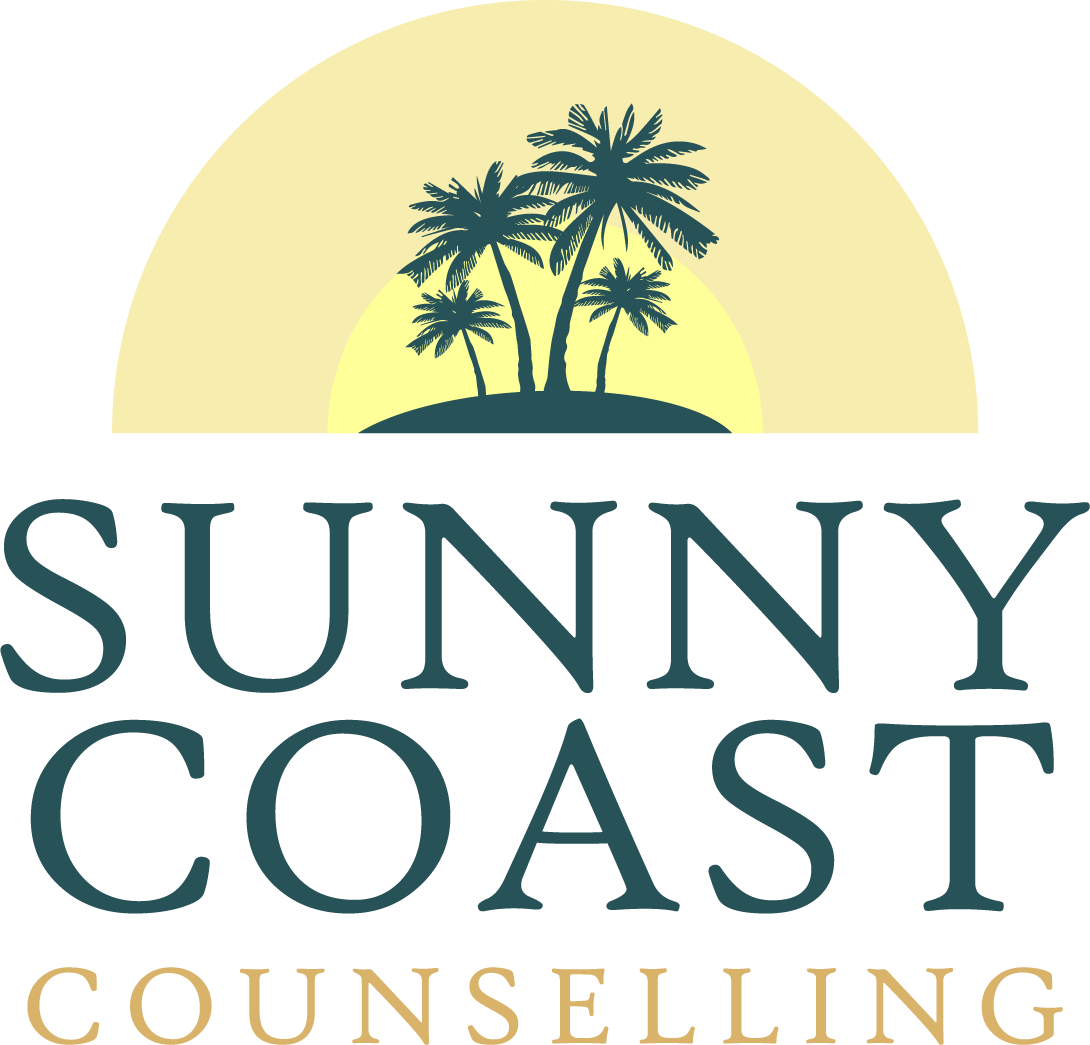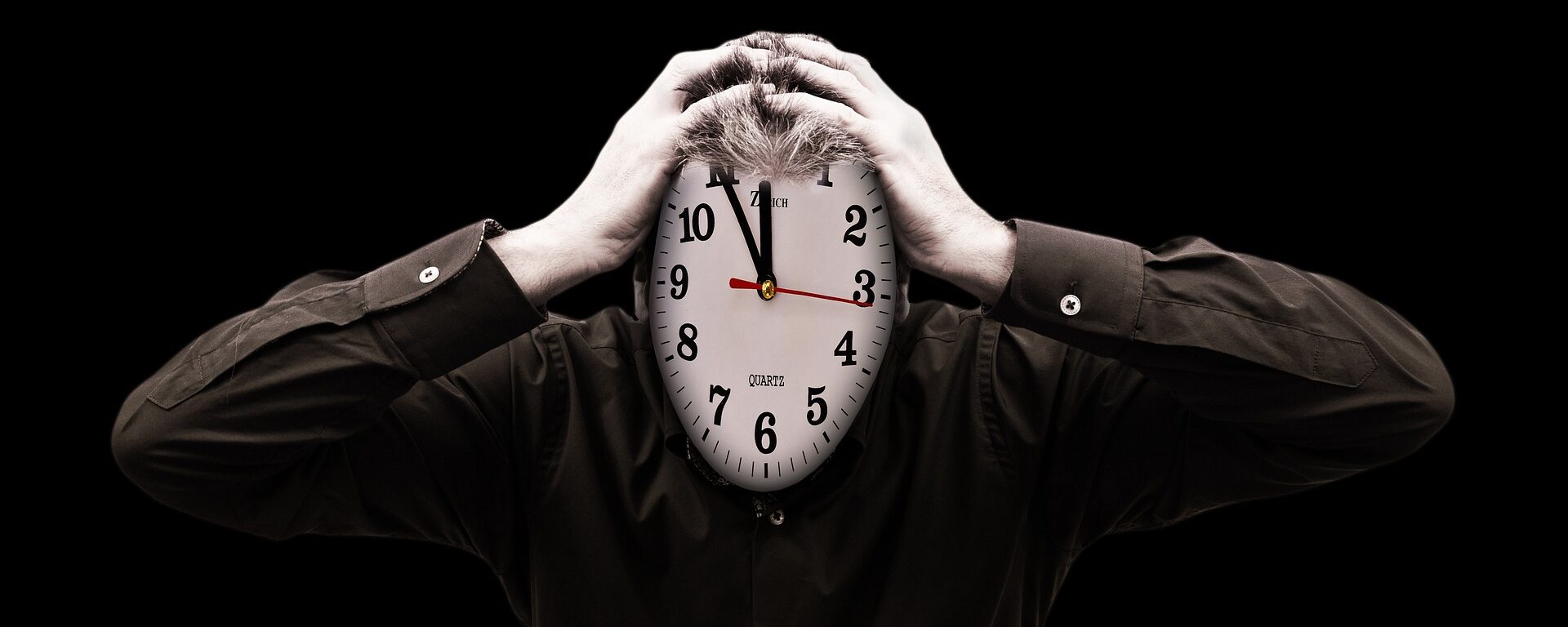Navigating Stress: Understanding Good Stress vs. Bad Stress
Stress is an inevitable part of life—a natural response to the demands and challenges we encounter on a daily basis. While it’s often portrayed in a negative light, not all stress is created equal. In fact, there’s a distinct difference between good stress, known as eustress, and bad stress, or distress. Understanding these differences is key to navigating stress effectively and maintaining our well-being. In this blog post, let’s explore the nuances of good stress versus bad stress and how to spot the differences.
What is Good Stress (Eustress)?
1. Motivational:
- Good stress, or eustress, can be motivational and energizing. It’s the type of stress that propels us to take action, meet deadlines, and achieve our goals. Eustress is often associated with feelings of excitement, anticipation, and a sense of accomplishment.
2. Short-Term:
- Eustress is typically short-term in nature. It arises in response to specific challenges or opportunities and tends to dissipate once the situation is resolved or the goal is achieved.
3. Enhances Performance:
- In moderate amounts, eustress can enhance performance and cognitive function. It can sharpen focus, boost creativity, and improve problem-solving skills, enabling us to rise to the occasion and meet challenges head-on.
4. Promotes Growth and Resilience:
- Eustress promotes personal growth and resilience by pushing us outside our comfort zones and encouraging us to expand our capabilities. It fosters a sense of mastery and self-confidence, contributing to overall well-being.
What is Bad Stress (Distress)?
1. Overwhelming:
- Distress, or bad stress, is overwhelming and debilitating. It exceeds our ability to cope effectively and can lead to feelings of anxiety, frustration, and helplessness.
2. Prolonged:
- Unlike eustress, distress is often prolonged and persistent. It lingers beyond the immediate stressor and may manifest as chronic worry, tension, or physical symptoms such as headaches or insomnia.
3. Impairs Functioning:
- Distress impairs our ability to function effectively in daily life. It may interfere with concentration, decision-making, and interpersonal relationships, diminishing our overall quality of life.
4. Negative Health Impacts:
- Prolonged distress can have significant negative impacts on physical and mental health. It’s associated with an increased risk of conditions such as hypertension, heart disease, depression, and burnout.
Spotting the Differences:
1. Physical Symptoms:
- Pay attention to physical symptoms such as muscle tension, headaches, fatigue, and changes in appetite or sleep patterns. While some stress-related symptoms are normal, persistent or severe symptoms may indicate distress.
2. Emotional Responses:
- Notice your emotional responses to stress. Eustress may be accompanied by feelings of excitement or anticipation, whereas distress may evoke feelings of anxiety, overwhelm, or irritability.
3. Duration and Intensity:
- Consider the duration and intensity of your stress. Eustress is typically short-term and manageable, whereas distress may be prolonged and overwhelming, exceeding your ability to cope effectively.
4. Impact on Functioning:
- Assess how stress impacts your ability to function in daily life. Eustress may enhance performance and productivity, whereas distress may impair concentration, decision-making, and overall functioning.
Conclusion:
Understanding the differences between good stress and bad stress is essential for maintaining our well-being and navigating life’s challenges effectively. While eustress can be motivational and energizing, distress can be debilitating and harmful. By recognizing the signs and symptoms of each, we can take proactive steps to manage stress, cultivate resilience, and thrive in the face of adversity. Remember, stress is a natural part of life, but with awareness and self-care, we can harness its positive aspects and minimize its negative impact on our lives.
I hope you’ve enjoyed this post. If you’d like to start your counselling journey, click here to make an appointment.

